
Inhaltsverzeichnis
6 reasons for sustainable clothing
In a world increasingly affected by the effects of climate change, environmental pollution, and social injustice, the topic of sustainability is gaining importance in all areas of life – especially in the fashion industry. Choosing sustainable clothing goes beyond a fashion statement. It's a conscious choice that protects our planet, promotes fair working conditions, and supports a responsible consumer culture.
What are the advantages of sustainable clothing? The advantage of sustainable clothing is that it contributes to reducing environmental damage by minimizing the consumption of natural resources and avoiding harmful chemicals. It also promotes fair working conditions and fair wages in the textile industry. Sustainable clothing thus supports a more environmentally friendly and socially just fashion industry and helps consumers make more conscious and ethically responsible choices.
In this post, we explore the many reasons why sustainable clothing is not just an option, but a necessity for a better future. From reducing environmentally harmful practices to supporting ethical production standards, choosing sustainability in your wardrobe has far-reaching positive effects.
The importance of sustainability in fashion
Sustainability in the fashion industry is crucial as this industry is one of the most environmentally damaging and socially problematic sectors worldwide. Traditional fashion production accounts for a significant share of Water consumption, CO₂ emissions and the generation of textile waste responsible. Furthermore, working conditions and fair pay for workers in the production countries raise ethical concerns that burden the industry.
Sustainable fashion addresses these problems through various approaches and aims to minimize negative impacts on the environment and promote social justice.

Environmental impact of the fashion industry
The fashion industry is one of the largest water consumer and also caused by the use of Pesticides and chemicals The production of cotton and other textile fibers causes significant environmental damage. The use of unsustainable materials and the rapid production methods of the fast-fashion industry lead to overproduction, which in turn generates enormous amounts of textile waste. Furthermore, the global transport of goods and energy-intensive production contribute to a high carbon footprint.
Social aspects
In addition to its environmental impact, the fashion industry is also criticized for its social practices. In many developing and emerging countries, garment factories operate under conditions that are considered exploitative can be viewed. These include inadequate wages, lack of safety precautions and excessively long working hoursSustainable fashion aims to ensure fair working conditions throughout the entire supply chain.
Sustainable fashion offers an answer to these challenges by emphasizing the use of environmentally friendly materials that Reducing water and energy consumption, minimizing waste and promoting recycling and the circular economy It also includes fair trade practices that ensure that all participants in the production chain are treated and remunerated fairly.
Choosing to buy sustainable fashion is a crucial contribution to reducing our ecological footprint and supporting a fairer world.It encourages consumers, producers and retailers alike to take responsibility and contribute to a more sustainable and ethical fashion industry.
Reason 1: Protecting our environment
Protecting our environment is one of the most important Reasons for choosing sustainable fashionConventional fashion production has profound impacts on our planet, from the waste of valuable resources to air and water pollution. Sustainable fashion practices, however, offer ways to significantly reduce these impacts.
Impact of fashion production on the environment:
Conventional clothing production is highly resource-intensive. It consumes large amounts of water—cotton production, for example, requires a significant proportion of the world's freshwater. Furthermore, the use of pesticides and chemicals in the textile industry leads to soil and water pollution. The disposal of fashion waste is another problem; a large proportion of the garments produced annually end up in landfills or are incinerated, which in turn causes CO₂ emissions.
Contribution of sustainable practices:
The challenges we face today in the fashion industry are being addressed by sustainable fashion. It proposes solutions by using environmentally friendly materials, such as organic cotton, hemp, or recycled textiles. These materials require less water and chemicals, helping to reduce environmental impact.
Efficient production processes that save energy and reduce emissions are also part of the approach. Furthermore, sustainable fashion promotes the circular economy by focusing on durability and supporting the recycling and upcycling of clothing. This not only reduces waste but also the need for new resources.
Long-term benefits:
Sustainable fashion practices play a crucial role in protecting our environment, helping to conserve natural resources, reduce stress on ecosystems, and promote a healthier environment for future generations. By choosing sustainable fashion, consumers are making a direct contribution to environmental protection and supporting an industry that recognizes its responsibility to the planet.
Reason 2: Promoting fair trade and ethical production
In addition to environmental protection, promoting fair trade and ethical production is another key reason for choosing sustainable fashion. These principles are crucial to ensuring that workers in the textile industry work under fair and safe conditions and are paid fairly.
Importance of Fair Trade principles:
Fair trade principles aim to ensure fair pay and decent working conditions for workers in the textile industry. This includes not only adequate wages that provide a decent income, but also access to social benefits, compliance with working hours, and ensuring safety standards.
The application of Fair Trade principles promotes an ethical approach in the fashion industry that respects the dignity and rights of workers.
Improving working conditions:
Many garment factories, especially in developing and emerging countries, are known for their poor working conditions, ranging from inadequate pay to unhealthy working environments.
Sustainable fashion companies committed to Fair Trade actively work to improve these conditions by working closely with their production partners and promoting transparent supply chains. This includes direct dialogue with workers to understand and address their needs and concerns.
Reason 3: Durability and quality
Another important reason for choosing sustainable fashion is the longevity and quality of the garments. Sustainably produced fashion relies on high-quality materials and careful craftsmanship to ensure the durability of the products. These principles are crucial for breaking the vicious cycle of rapid consumerism and promoting a culture of appreciation and mindfulness in the use of fashion.
High-quality materials:
Sustainable fashion companies choose their materials consciously, focusing on durability and environmental sustainability. Natural, renewable, or recycled materials that have less harmful impact on the environment are paramount.
These materials are not only more environmentally friendly, but often also more robust and durable than their conventional counterparts. Organic cotton, hemp, linen, and recycled polyester are examples of materials commonly used in sustainable fashion.
Contribution to lower consumption:
The durability and quality of sustainable clothing encourage more conscious consumption. When garments can be worn longer, the need to constantly buy new products decreases. This not only helps conserve resources and reduce waste, but also supports a more sustainable lifestyle.
Consumers who choose sustainable fashion invest in products that will last for years, rather than trends that come and go quickly.
Reason 4: Health and Safety
Choosing sustainable fashion not only has a positive impact on the environment and working conditions in production, but also has significant benefits for consumer health and safety. Sustainable materials minimize exposure to harmful chemicals commonly used in traditional textile production.
Reducing chemical exposure:
Many conventionally produced textiles are treated with potentially harmful chemicals, such as pesticides used in cotton cultivation or toxic dyes and bleaching agents during the dyeing process. These substances can cause skin irritations, allergies, and in some cases, even more serious health problems. Sustainable fashion instead relies on natural or certified low-chemical processing methods that minimize such risks.
Security through certifications:
Many sustainable fashion companies strive for certifications such as GOTS (Global Organic Textile Standard) or Oeko-Tex that ensure that their products are free from harmful chemicals.
Reason 5: Awareness and social change
The choice of sustainable fashion not only reflects individual values but also contributes to broader awareness and social change. The promotion of sustainability and ethical fashion is significantly influenced by consumers' conscious purchasing decisions, which play a crucial role by directly influencing the industry.
Promoting sustainability through conscious decisions:
Every purchase is a vote for the kind of world we want to live in. By choosing sustainable and ethically produced fashion, consumers signal to companies their preference for products manufactured under fair working conditions and with a lower environmental impact. This can motivate companies to rethink their business practices and pursue more sustainable approaches.
Raising awareness:
Choosing sustainable fashion often goes hand in hand with the desire to raise awareness about environmental and social issues. By talking about the stories behind their garments and sharing information about the conditions under which they are produced, consumers can inspire others to make sustainable choices as well.
This exchange of knowledge and experiences is crucial to creating a broader understanding of the importance of sustainable fashion.
Influence on the market:
The growing demand for sustainable fashion has led more and more brands to adopt sustainability initiatives and increase the transparency of their production chains. This trend highlights that consumers can directly influence the fashion industry through their purchasing decisions, helping to create a more sustainable and ethical fashion market.
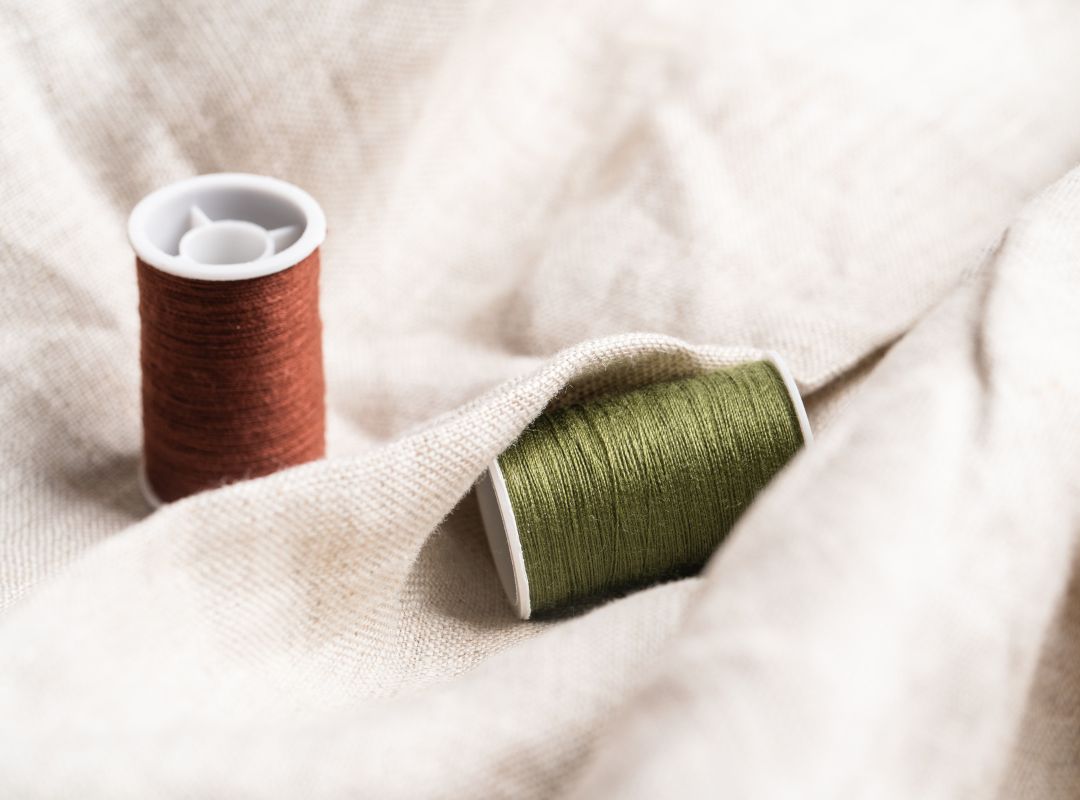
Reason 6: economic benefits
Sustainable fashion practices not only offer environmental and social benefits but can also provide significant economic stimulus. Supporting local communities and promoting long-term economic stability contributes significantly to a healthier and more sustainable global economy.
Supporting local communities:
Sustainable fashion initiatives often involve collaboration with local producers, artisans, and small-scale manufacturers. This helps strengthen local economies and secure jobs in communities that may be suffering from the effects of globalization and the relocation of production to low-wage countries.
Direct support of local producers also promotes crafts and traditional skills that might otherwise be forgotten.
Long-term economic stability:
By focusing on quality and durability, sustainable fashion promotes an economy characterized less by fast-moving consumption cycles and more by conscious consumption. This can help overcome the throwaway culture and instead promote a model based on sustainability and resource efficiency. In the long term, this can lead to more stable and sustainable economic models that do not come at the expense of our environment or future generations.
Sustainable and high-quality fashion from paigh
Paigh has firmly established itself as a brand in the world of sustainable and ethical fashion. Through consistent engagement in various areas of fashion production, paigh demonstrates how a modern company can successfully implement both environmentally friendly and socially responsible practices.
Sustainable materials:
Paigh attaches great importance to the selection of sustainable materials. In the production of our harem pants we primarily use materials such as 100% viscosethat are produced under environmentally friendly conditions.Viscose is known for its low environmental impact, especially when sourced from sustainably managed forests. Paigh ensures that her materials are not only sustainable but also high quality to ensure durability and comfort.
In addition to various types of harem pants, you will find skirts, Dresses, cloths and much more. And because we believe that every body is beautiful, you can find our harem pants in different versions such as long, short or plus-size.
Fair working conditions:
A central aspect of paigh's corporate philosophy is ensuring fair working conditions throughout the supply chain. This includes fair wages, safe working environments, and reasonable working hours for workers in production facilities. Paigh works closely with its suppliers and regularly visits production facilities to verify compliance with these standards.
Commitment to social change:
Paigh is not only committed to the environment and fair working conditions, but also supports social projectsThrough various initiatives and partnerships, paigh contributes to promoting positive change in the communities in which we operate.
Overall, paigh demonstrates that it's possible to offer fashionable, comfortable, and colorful clothing without compromising on environmental standards or social responsibility. By consistently implementing sustainable and ethical principles in all areas of its business, paigh sets standards in the fashion industry and proves that sustainable fashion can be both stylish and socially just.









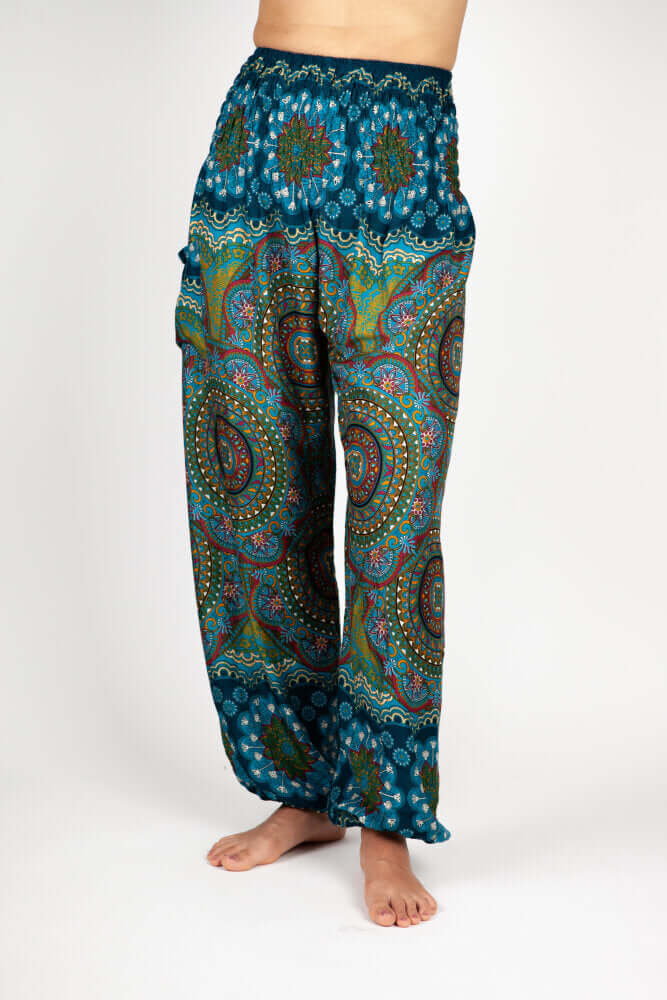
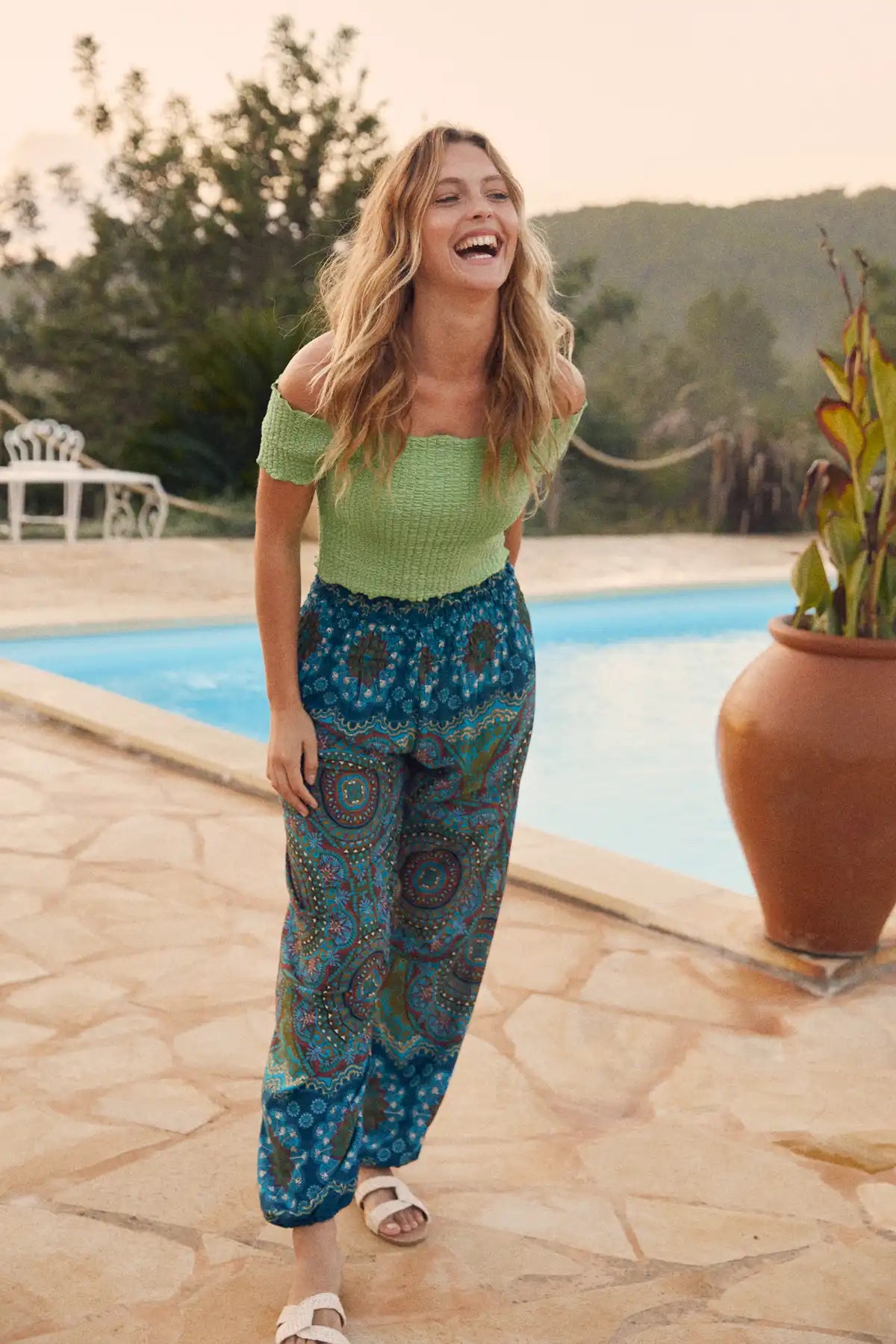
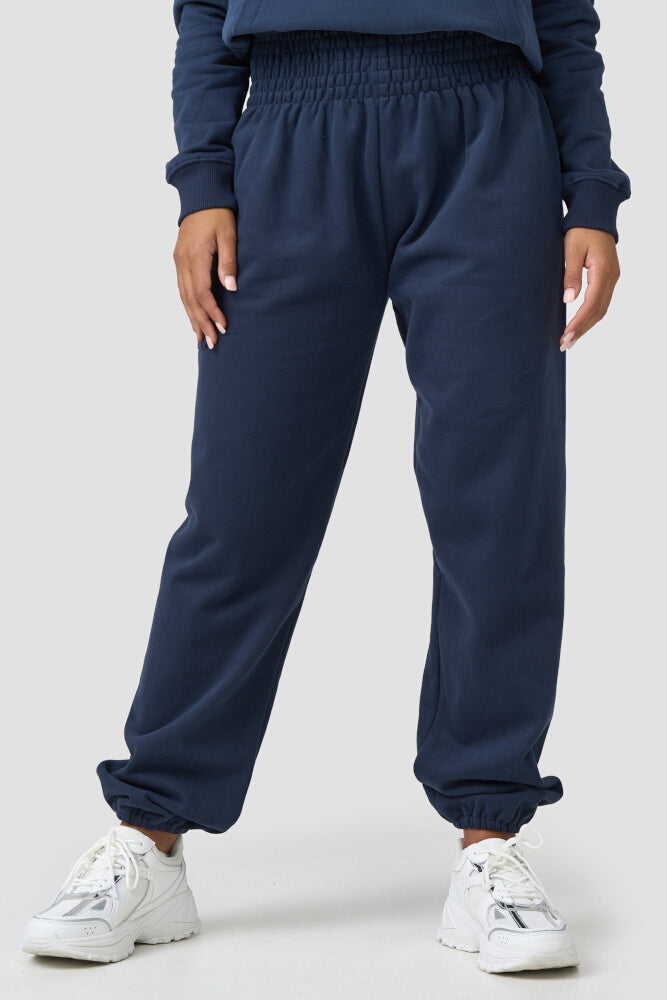

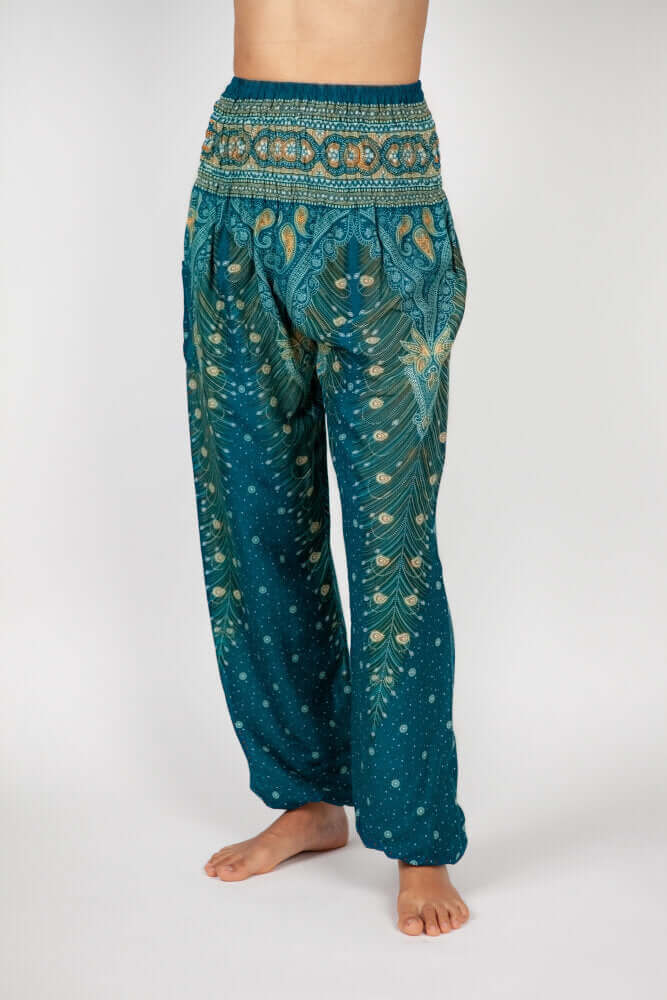
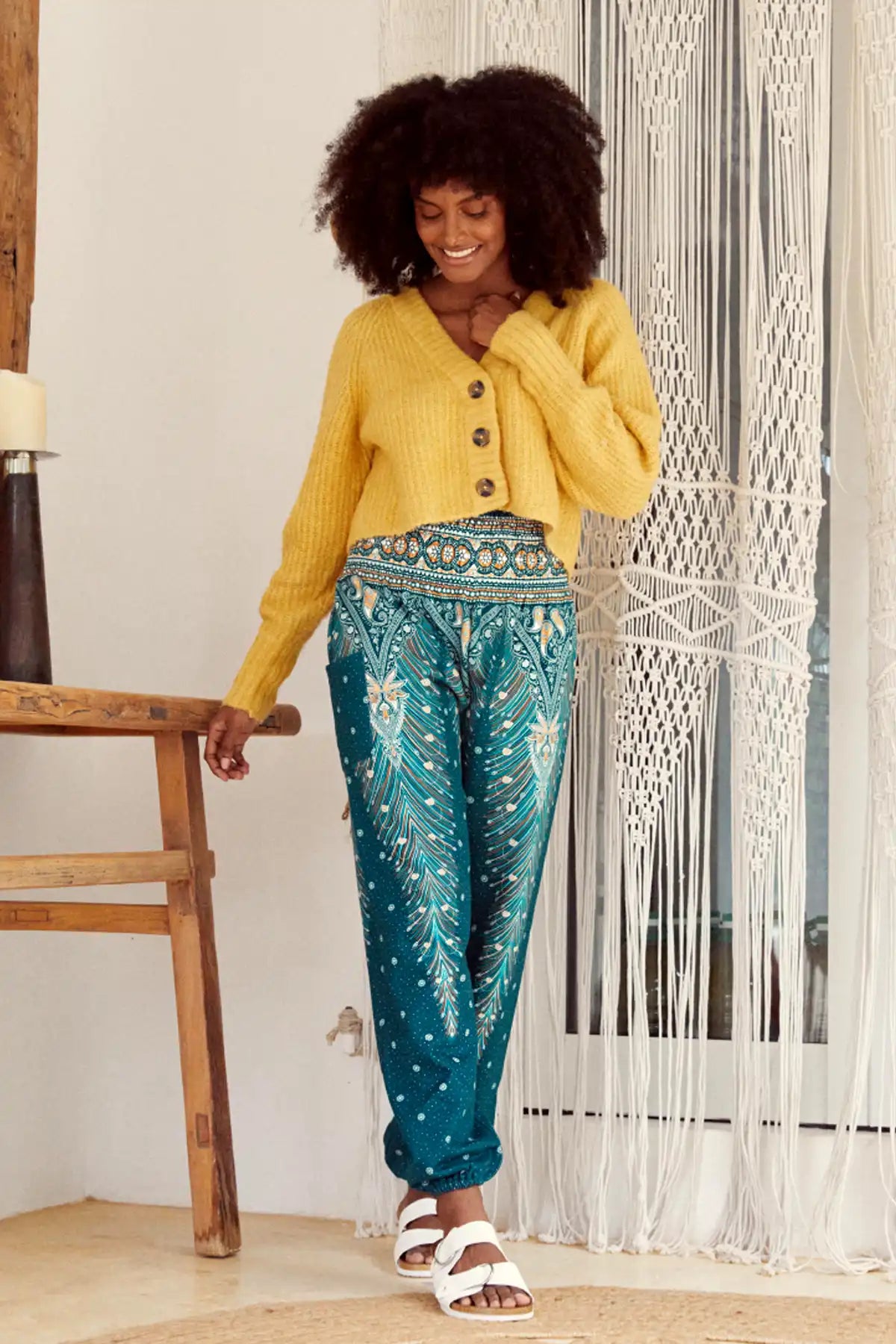
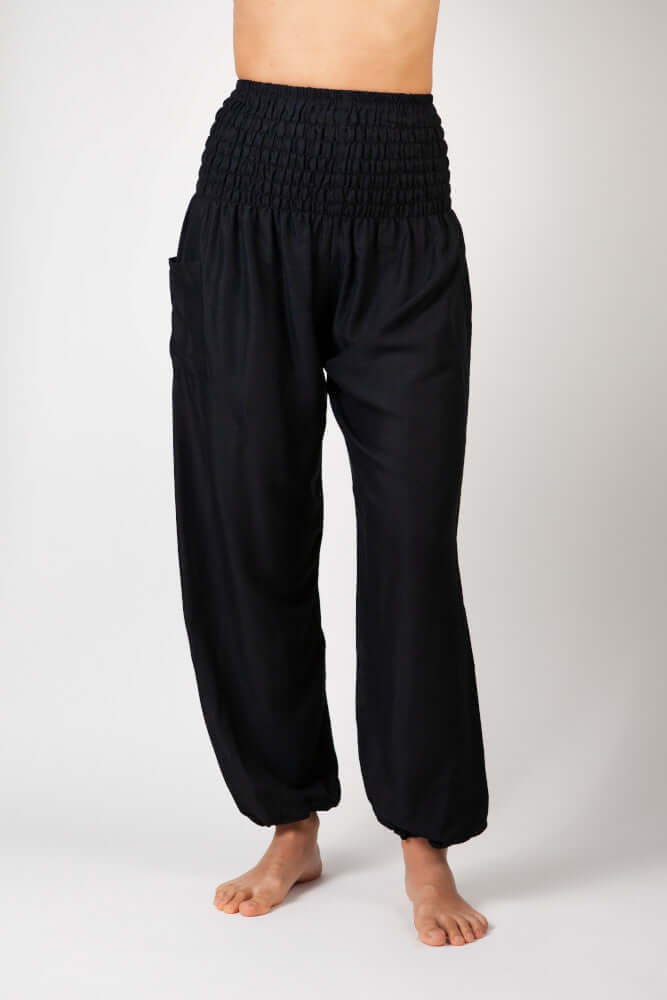

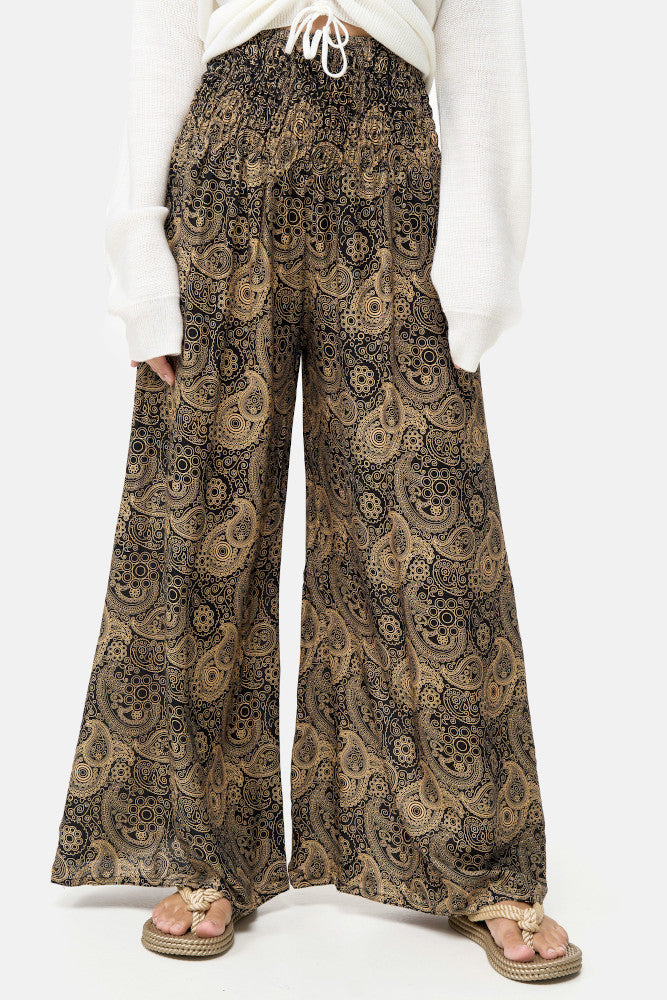

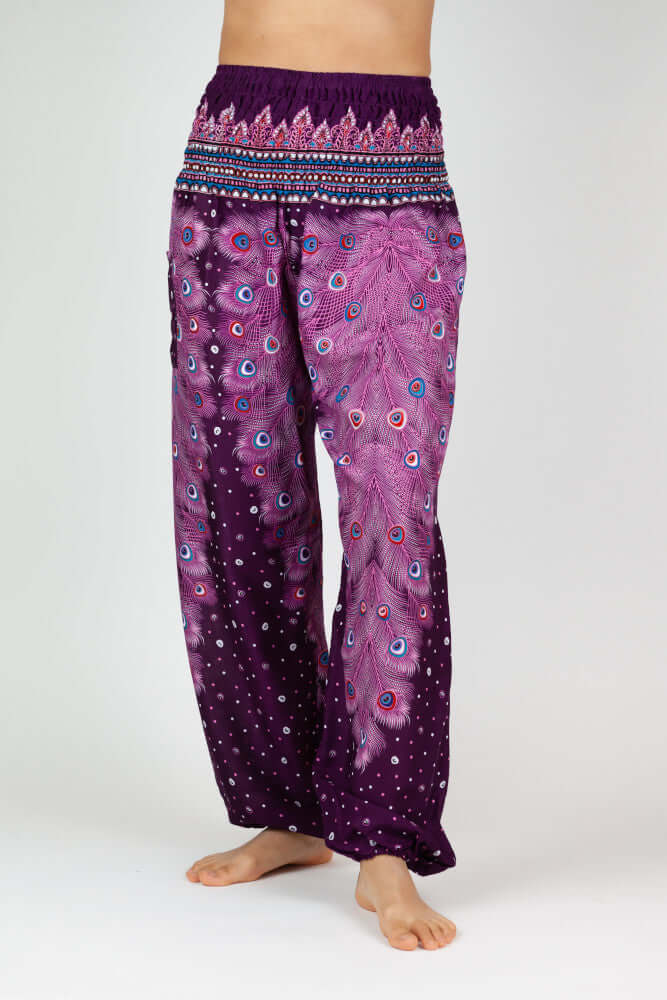

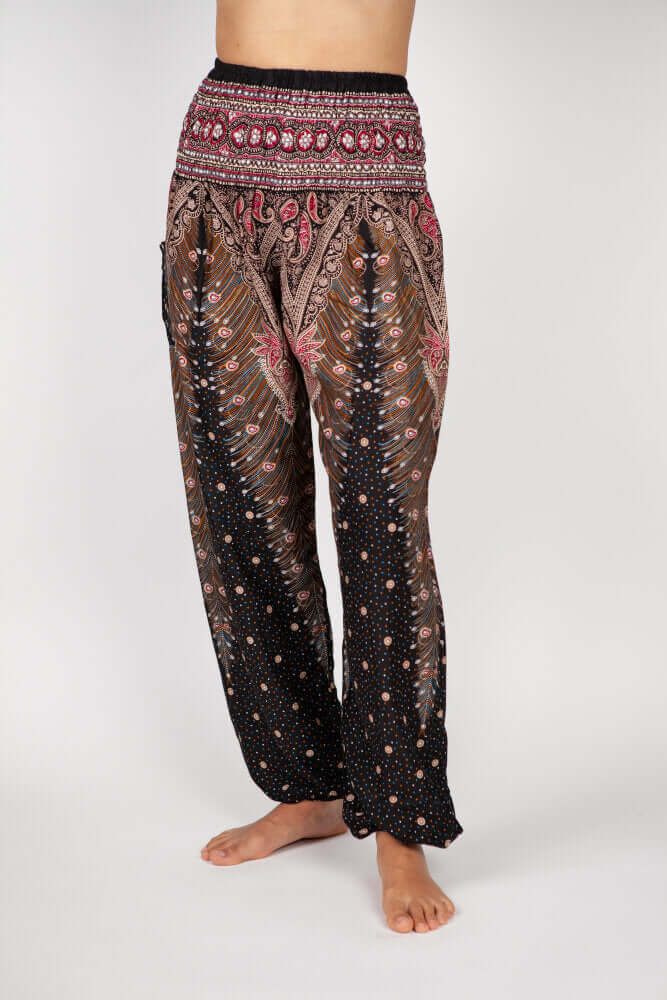

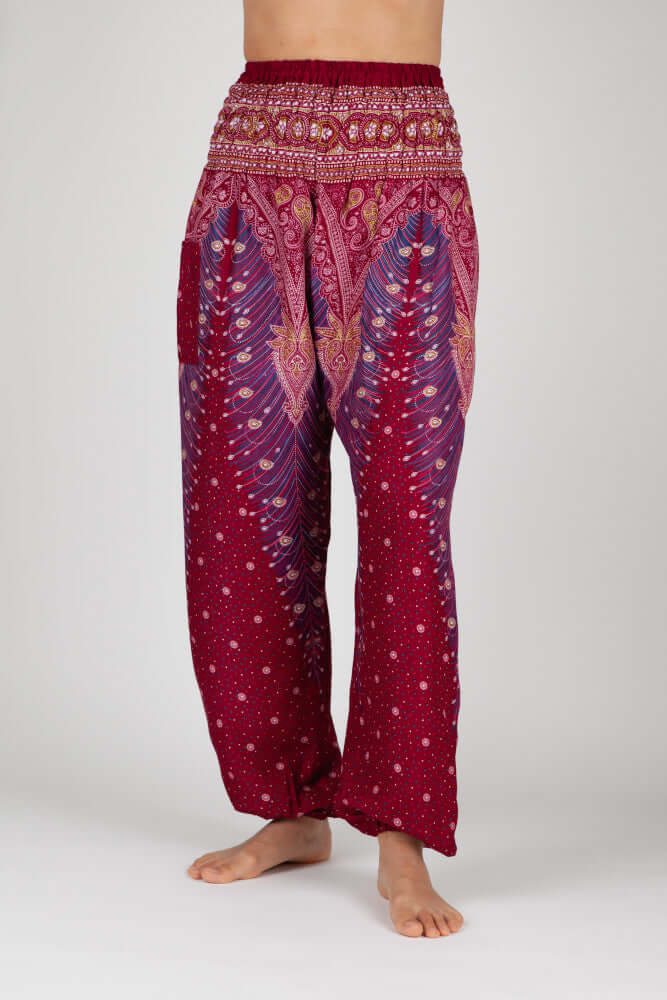

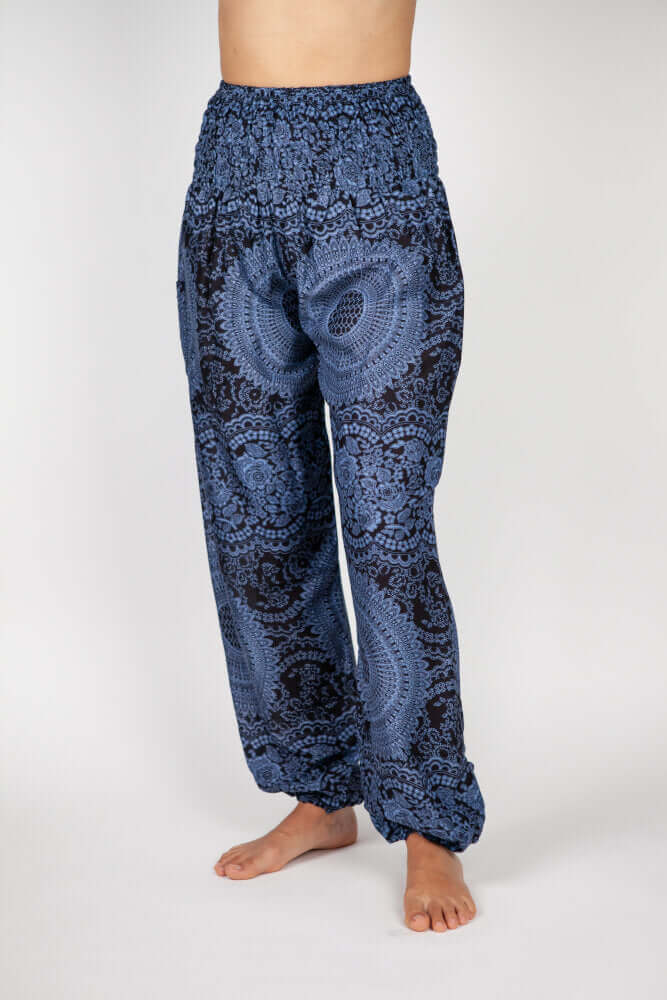

Leave a comment
This site is protected by hCaptcha and the hCaptcha Privacy Policy and Terms of Service apply.